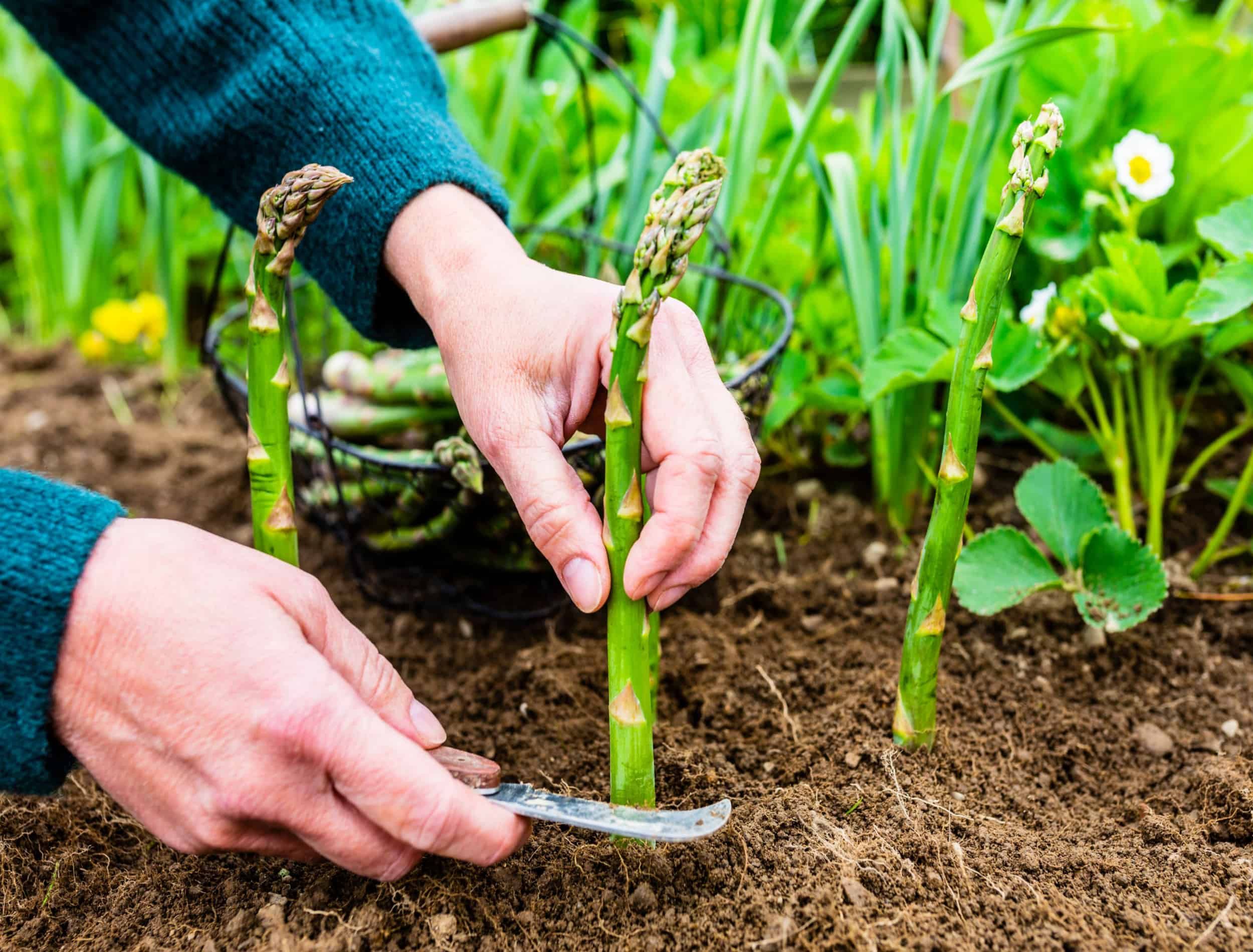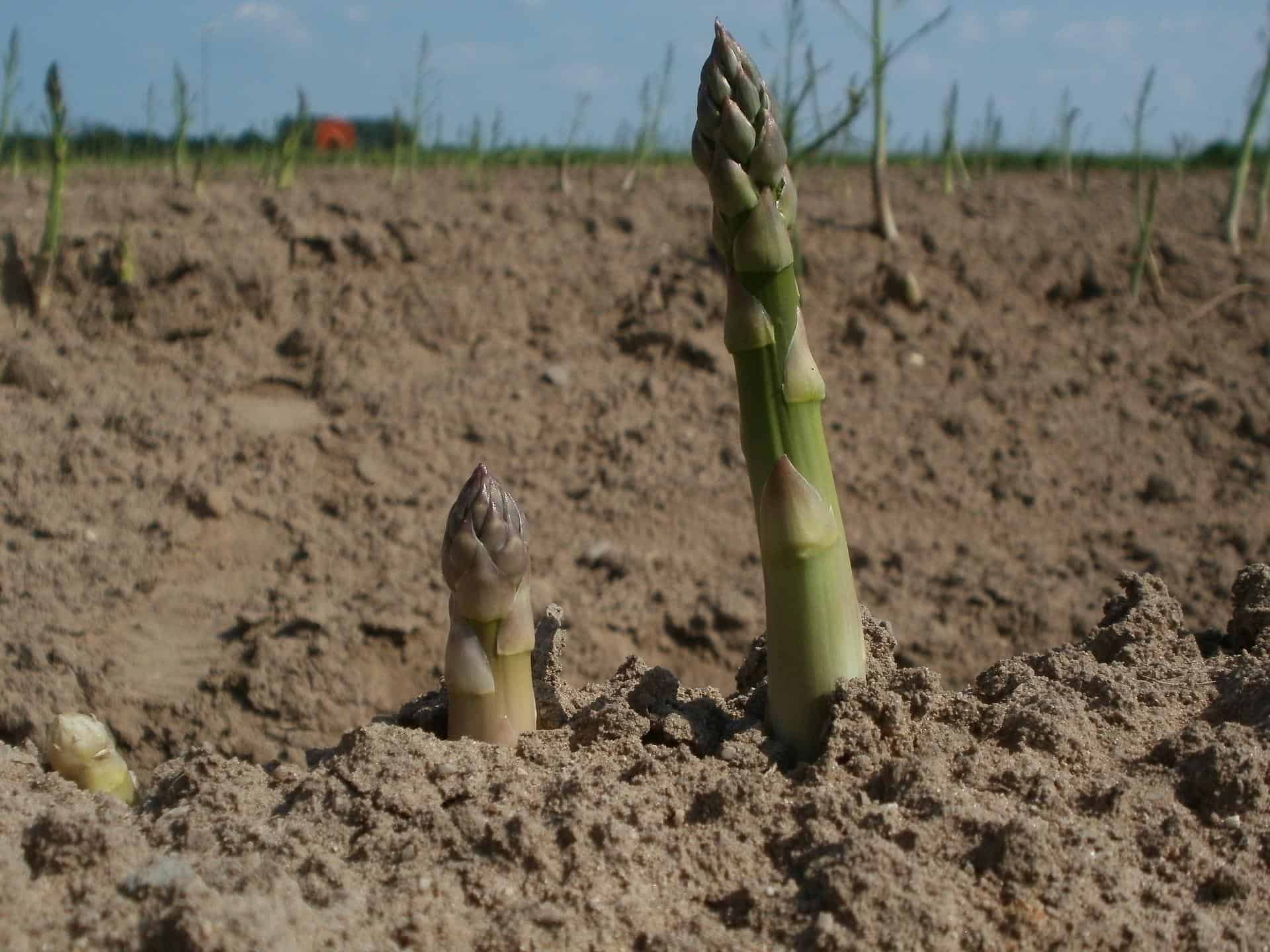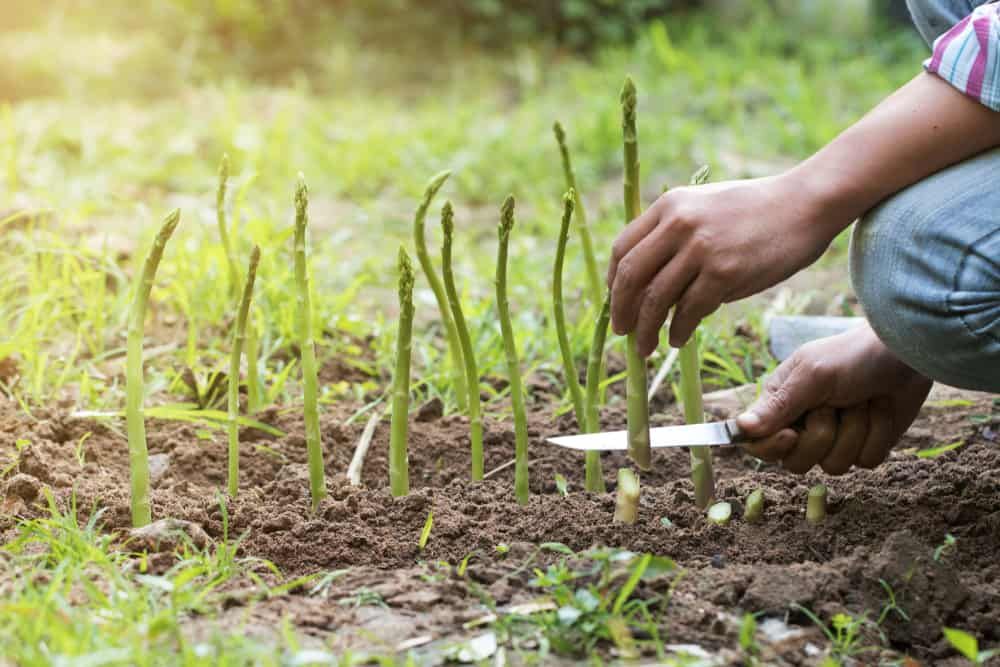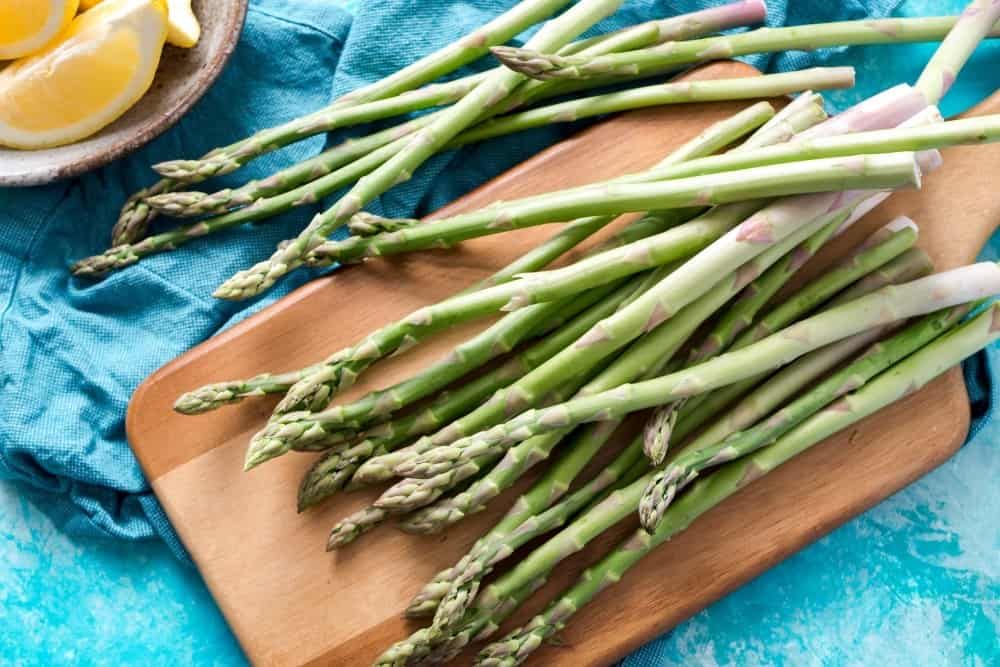Did you know that the delicious asparagus spears you know and love are actually the shoots of a perennial flowering plant? While its flowers are beautiful, most gardeners who grow asparagus want to harvest and enjoy it as a vegetable. The good news is that asparagus is very easy to garden -- even if you're a novice.
You will need to be patient, though. Because asparagus needs plenty of time to establish itself, you shouldn't harvest it until its third year. However, asparagus will reward you for your patience; these plants can produce spears for about 15 years if cared for properly.
To learn more about harvesting asparagus and reap the benefits for many seasons to come, follow these simple steps below!
Tools You'll Need
There are only a few materials you'll need to harvest your asparagus:
- Sharp knife
- Gloves
- Trays
- Patience
When to Harvest
Image credit: WikimediaImages from Pixabay
To get a bountiful harvest, you must wait until the plant is established. The asparagus plant usually takes three years to fully mature, so be patient! If you pick your plants too early, you may damage their root system and stunt future growth.
When spring of the third year arrives and the asparagus spears start to poke through the ground, you'll soon be able to start harvesting. Let these spears reach 6 to 8 inches in height before harvesting them -- you will ruin next year’s crop if you don't wait. The spears grow very quickly, so you'll need to check on your asparagus patch often.
Asparagus is a prolific vegetable. You'll need to harvest every couple of days -- sometimes every day in the height of the season! In asparagus's first harvesting season (the third year), you may want to opt for a shorter harvesting season of about a month.
By the fourth year and beyond, you should be able to harvest spears for a full eight weeks! The asparagus season is over in early to mid-June in the United States.
Follow these steps to harvest your asparagus:
Cutting
Image credits: frank60 via shutterstock
- For the first two years after planting, make sure you properly care for your asparagus in the fall and winter (more on that below).
- In the third year, when the spears are 6 to 8 inches tall, use a sharp knife to cut them at a 45-degree angle, just below the soil line. You can also snap the spears off with your hands.
- The stems and berries of the asparagus plant can irritate your skin, so make sure that you're wearing gloves while harvesting.
Care for Asparagus in the Fall and Winter
Asparagus is a perennial vegetable, meaning it comes back year after year. So, taking care of your asparagus bed in the fall and winter is important to ensure a bountiful harvest the following spring.
Allow asparagus ferns to grow and only cut them back after they've browned (gone dormant). While they're still green, they're engaging in photosynthesis and collecting nutrients for your asparagus to grow next season.
When cutting back your asparagus, cut it to about 2 inches above the soil line. Then, add a thin layer of mulch to the ground. This will help keep the soil warm over the winter. Since asparagus is dormant in the winter, you do not need to fertilize or water it.
Asparagus Pests
Image credits: Dustin Humes via Unsplash
Aphids, asparagus beetles, and Japanese beetles are common pests found creeping around asparagus. Some gardeners say that allowing your asparagus ferns to brown before cutting them back helps keep asparagus beetles at bay.
If you're having trouble with pests, try neem oil or pyrethrin; they're both organic options that are effective against many different pests. Even though these insecticides are organic, they are skin irritants, so be careful around your little ones, human and non-human alike.
Enjoy Your Fresh Asparagus
Image credits: Christine Siracusa via Unsplash
Now that you know how to harvest asparagus, enjoy eating your fresh bounty! Asparagus is a healthy vegetable that is a good source of fiber, vitamins A and C, and folate. Simply wash the spears and trim the ends before enjoying. Add asparagus to salads, saute as a side dish, or even pickle it!
Fresh asparagus will last longer if stored properly. Trim any excess stem then wrap tightly in aluminum foil, or plastic wrap, or place it in an airtight container with a damp paper towel on top to keep it moist. Place it in your refrigerator's vegetable drawer and eat within about a week. If you have the room, place the spears upright in a glass container with 1 to 2 inches of water at the bottom.
You can also freeze asparagus if you plan on using it later on — simply prepare it according to the instructions above, then spread it out onto an aluminum foil-lined baking sheet until frozen solid. Then, transfer the frozen spears into freezer bags.
Final Thoughts
Asparagus is an easy-to-grow vegetable that loves sun and water and is great for novice gardeners. As long as you have patience, growing asparagus is a fun and exciting hobby to do with friends or family. Plus, it's a great way to get outside and enjoy the warm weather.
With so many different ways to cook it, there is no doubt that you'll be reaping the benefits of your bountiful harvest. Keep these tips in mind as you consider growing asparagus, and you'll undoubtedly have a harvest that you'll enjoy.





